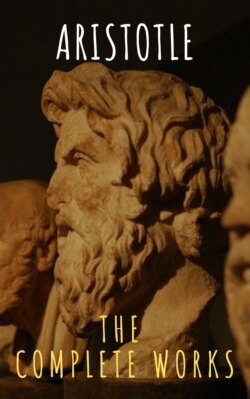Читать книгу Aristotle: The Complete Works - Aristotle - Страница 90
На сайте Литреса книга снята с продажи.
12
ОглавлениеIt is clear then that in the first figure all problems except the universal affirmative are proved per impossibile. But in the middle and the last figures this also is proved. Suppose that A does not belong to all B, and let it have been assumed that A belongs to all C. If then A belongs not to all B, but to all C, C will not belong to all B. But this is impossible (for suppose it to be clear that C belongs to all B): consequently the hypothesis is false. It is true then that A belongs to all B. But if the contrary is supposed, we shall have a syllogism and a result which is impossible: but the problem in hand is not proved. For if A belongs to no B, and to all C, C will belong to no B. This is impossible; so that it is false that A belongs to no B. But though this is false, it does not follow that it is true that A belongs to all B.
When A belongs to some B, suppose that A belongs to no B, and let A belong to all C. It is necessary then that C should belong to no B. Consequently, if this is impossible, A must belong to some B. But if it is supposed that A does not belong to some B, we shall have the same results as in the first figure.
Again suppose that A belongs to some B, and let A belong to no C. It is necessary then that C should not belong to some B. But originally it belonged to all B, consequently the hypothesis is false: A then will belong to no B.
When A does not belong to an B, suppose it does belong to all B, and to no C. It is necessary then that C should belong to no B. But this is impossible: so that it is true that A does not belong to all B. It is clear then that all the syllogisms can be formed in the middle figure.
